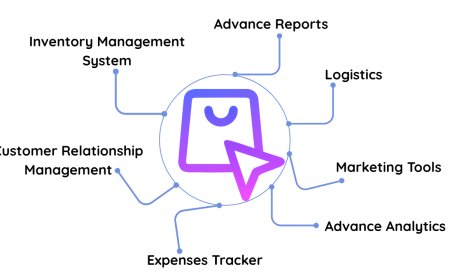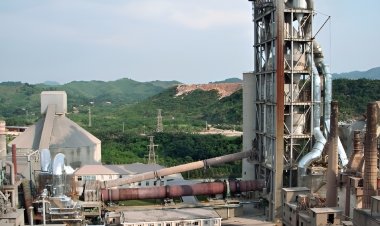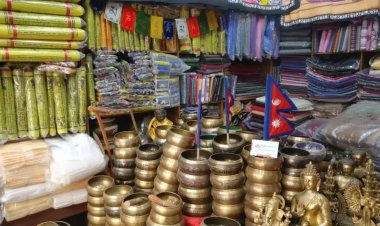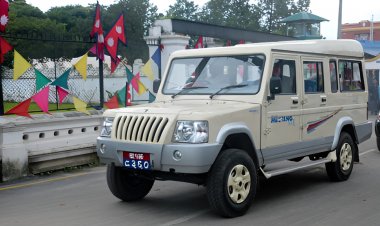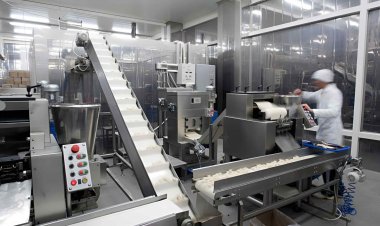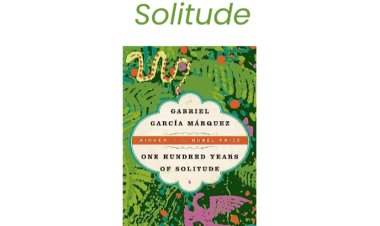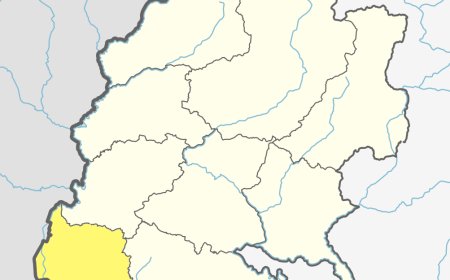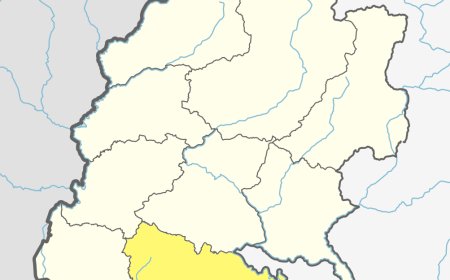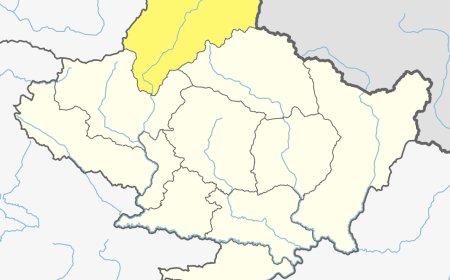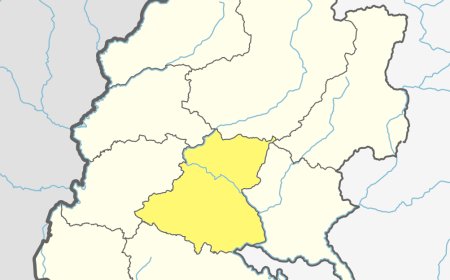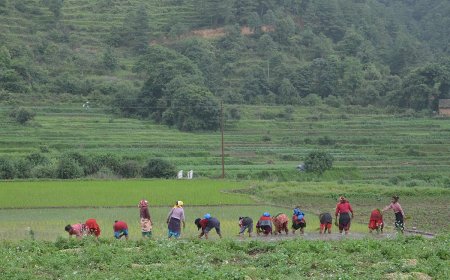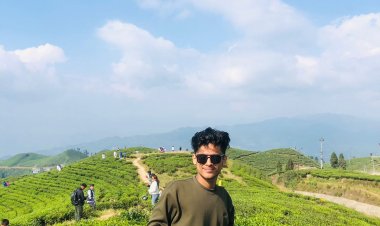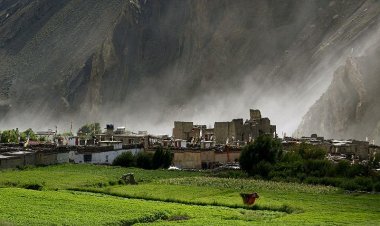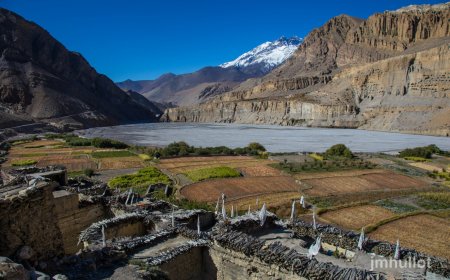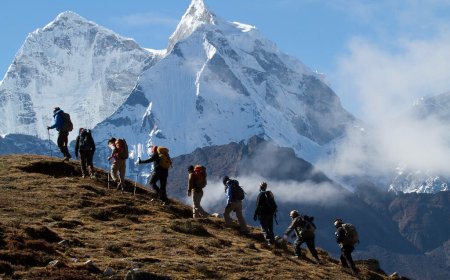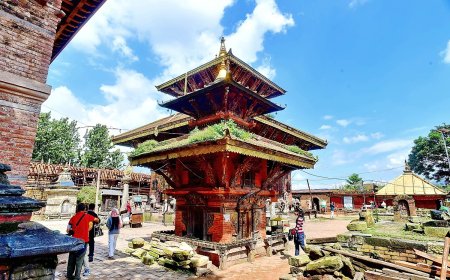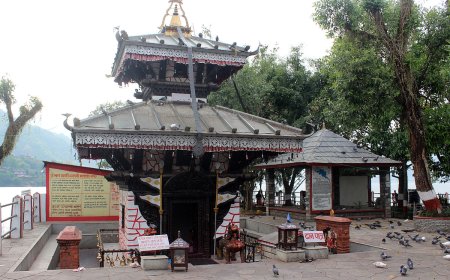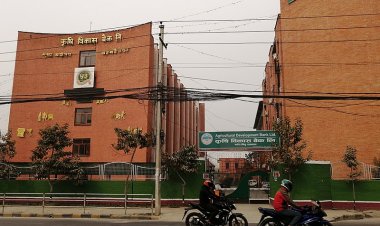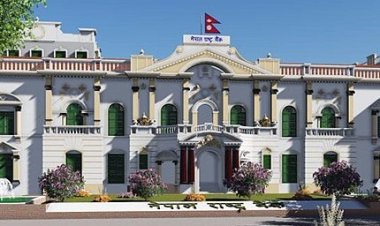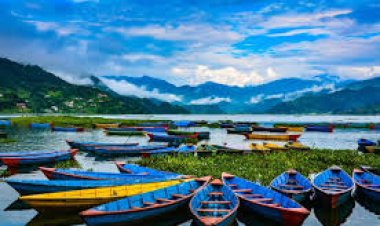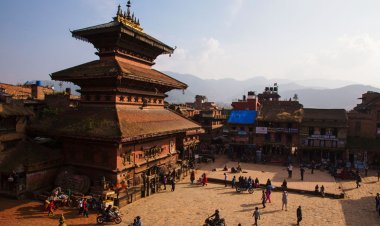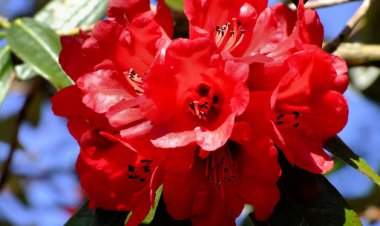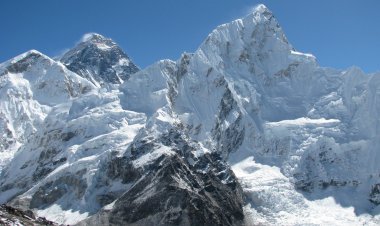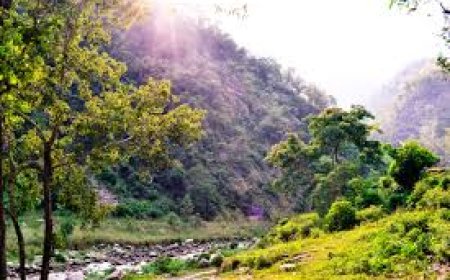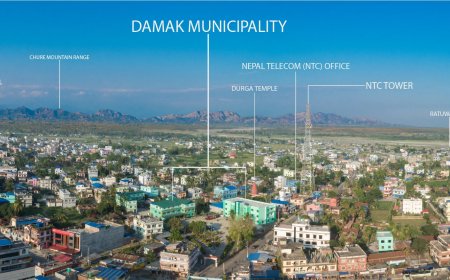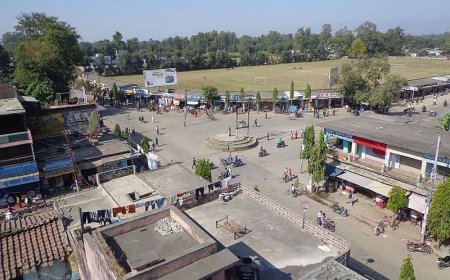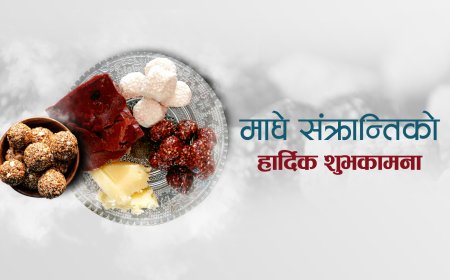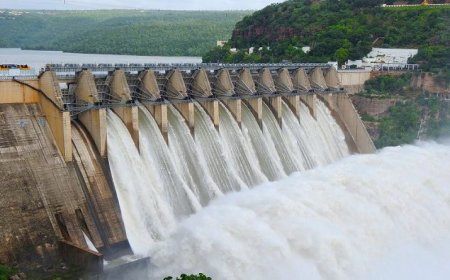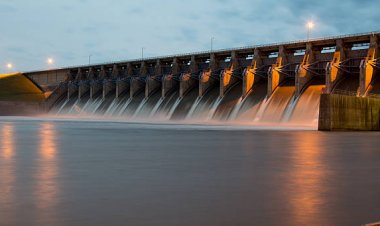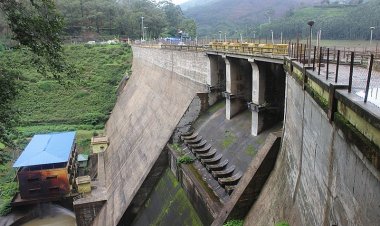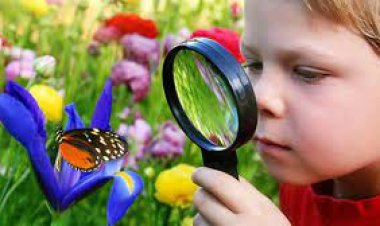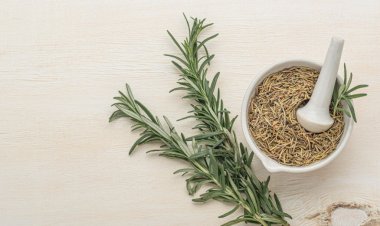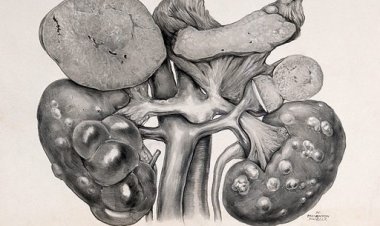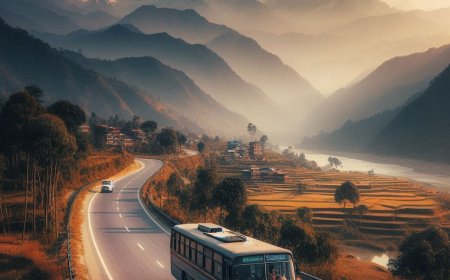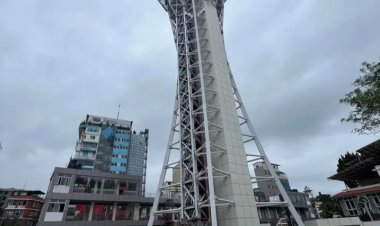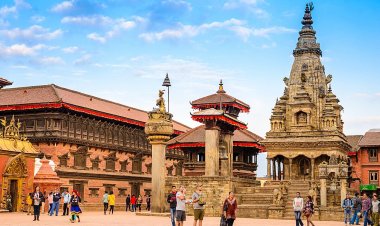Rupandehi: Gateway to Lumbini and Nepal’s Rich History
Let’s explore Rupandehi, home to Lumbini, the birthplace of Buddha, and a district rich in history, cultural diversity, and spiritual significance.
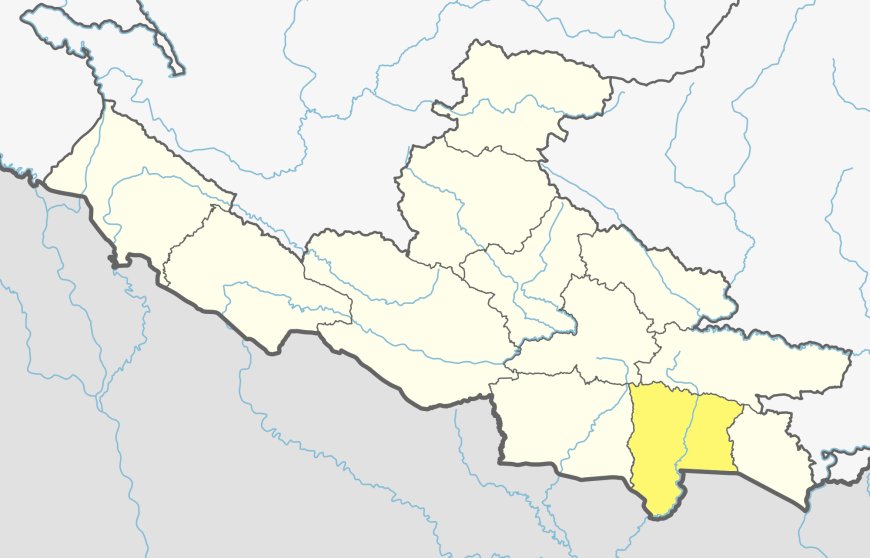
Introduction
Rupandehi is a historically significant and culturally rich district located in the southern region of Nepal, known for its cultural heritage, fertile plains, and economic potential. Part of Lumbini Province, it is home to the UNESCO World Heritage Site of Lumbini, the birthplace of Lord Buddha, making it a destination of global spiritual significance. With its blend of historical landmarks, agricultural prosperity, and burgeoning urban centers, this district is an alluring destination for history enthusiasts, pilgrims, and travelers alike.
Geographical Overview
Covering an area of 1,360 square kilometers, this district is part of Nepal's Terai region, characterized by its flat terrain and subtropical climate. The district lies at an average elevation of 100 meters above sea level and is traversed by several rivers, including the Tinau and Rohini, which play vital roles in agriculture and irrigation.
Its location along the Indian border facilitates cross-border trade, while its fertile plains support extensive agricultural activities. The subtropical climate, with hot summers and mild winters, fosters a variety of flora and fauna, adding to the district's natural charm.
Table: Geographical Features
|
Feature |
Data |
|
Total Area (sq. km) |
1,360 |
|
Altitude Range (m) |
100 |
|
Major Rivers |
Tinau, Rohini |
|
Climatic Conditions |
Subtropical |
Demographics
This district is home to a diverse population of over 880,000 people, comprising multiple ethnic and linguistic groups. The Tharu community, indigenous to the region, makes up a significant portion of the population, followed by Brahmin, Chhetri, and Muslim communities. Nepali is the most widely spoken language, but Awadhi and Tharu languages are also prevalent, reflecting the district’s cultural diversity.
Traditional festivals and rituals are integral to the district’s social fabric, with unique traditions observed across various communities, contributing to Rupandehi’s rich cultural tapestry.
Table: Ethnic Composition
|
Ethnic Group |
Percentage (%) |
|
Tharu |
35% |
|
Brahmin/Chhetri |
30% |
|
Muslim |
20% |
|
Other Groups |
15% |
Cultural and Historical Significance
Rupandehi holds immense cultural and historical value, primarily due to Lumbini, the birthplace of Lord Buddha. This sacred site attracts thousands of pilgrims and tourists annually and features landmarks like the Maya Devi Temple, Ashokan Pillar, and monastic zones developed by various countries.
The Tharu community’s festivals, such as Maghi, are vibrant celebrations of culture, while other major festivals like Dashain and Eid showcase the district’s religious harmony. The annual Buddha Jayanti celebration in Lumbini is a highlight, drawing global attention.
Table: Key Festivals
|
Festival |
Month |
Significance |
|
Buddha Jayanti |
May |
Celebrates the birth of Lord Buddha |
|
Maghi |
January |
Tharu festival marking the New Year |
|
Dashain |
October |
Hindu festival of victory |
|
Eid |
Varies |
Muslim festival of feasting and prayer |
Major Attractions and Activities
The district’s landmarks and activities make it a fascinating destination. Lumbini, as the centerpiece, offers a serene environment for spiritual reflection and exploration. Visitors can explore the Sacred Garden, the monastic zones, and the World Peace Pagoda.
Devdaha, associated with Buddha’s maternal lineage, is another significant site with archaeological and cultural importance. Nature enthusiasts can enjoy the wetlands and birdwatching at Gaidahawa Lake, while the Tinau River is a scenic spot for picnics and relaxation.
Table: Major Attractions
|
Attraction |
Location |
Highlight |
|
Lumbini |
Central Area |
Birthplace of Lord Buddha and sacred pilgrimage site |
|
Maya Devi Temple |
Lumbini |
Historic temple at Buddha’s birthplace |
|
Devdaha |
Eastern Area |
Cultural site linked to Buddha’s maternal family |
|
Gaidahawa Lake |
Southern Area |
Birdwatching and natural beauty |
Activities such as meditation, cultural tours, and traditional craft shopping enhance the visitor experience. This district also emphasizes sustainable tourism, ensuring its cultural and environmental resources are preserved for generations to come.
Economic Overview
This district’s economy is diverse, with agriculture serving as the backbone. The fertile plains yield abundant crops like rice, wheat, and sugarcane. The district is also a hub for industrial development, with Butwal emerging as a key commercial center.
Tourism significantly contributes to the local economy, driven by attractions like Lumbini and Devdaha. Traditional crafts, such as pottery and Tharu art, add cultural and economic value while supporting local artisans.
Table: Economic Highlights
|
Sector |
Contribution |
|
Agriculture |
Rice, wheat, sugarcane production |
|
Tourism |
Lumbini pilgrimage, Devdaha cultural tours |
|
Industry |
Manufacturing and trade in Butwal |
|
Traditional Crafts |
Pottery, Tharu art |
Conclusion
Rupandehi is a district that seamlessly combines historical legacy, cultural richness, and economic potential. Its spiritual landmarks, like Lumbini and Devdaha, and natural attractions, such as Gaidahawa Lake, make it an unforgettable destination. From the serene Maya Devi Temple to the bustling markets of Butwal, this district offers a unique blend of tradition and modernity.
Whether you are a pilgrim, history enthusiast, or nature lover, this district promises an enriching experience. With its warm hospitality, vibrant culture, and historical significance, the district stands as a testament to Nepal’s diverse and timeless heritage.
Frequently Asked Questions (FAQs)
1. Where is Rupandehi located?
Rupandehi is situated in the southern part of Nepal, in Lumbini Province.
2. What is Rupandehi best known for?
The district is famous as the birthplace of Lord Buddha and for the sacred site of Lumbini.
3. Which rivers flow through Rupandehi?
The Tinau and Rohini rivers are the major rivers in Rupandehi.
4. What is the dominant ethnic group in Rupandehi?
The Tharu community forms the largest ethnic group in the district.
5. What are the major crops grown in Rupandehi?
Rice, wheat, and sugarcane are the primary crops grown in Rupandehi.
6. What is the best time to visit Rupandehi?
The best seasons to visit Rupandehi are spring (March to May) and autumn (September to November).
7. What cultural festival is celebrated by the Tharu community?
The Tharu community celebrates Maghi, marking the New Year.
8. What is the significance of Lumbini?
Lumbini is the birthplace of Lord Buddha and a UNESCO World Heritage Site.
9. What makes Rupandehi’s economy unique?
Its economy is diversified, with strong contributions from agriculture, tourism, and industry.
What's Your Reaction?







